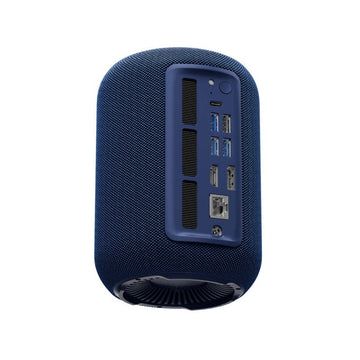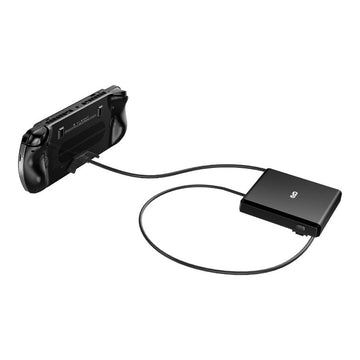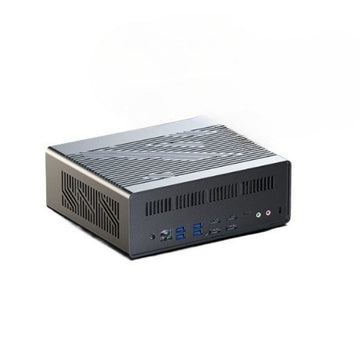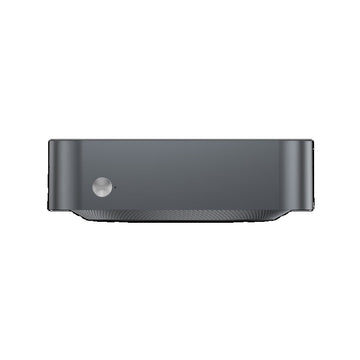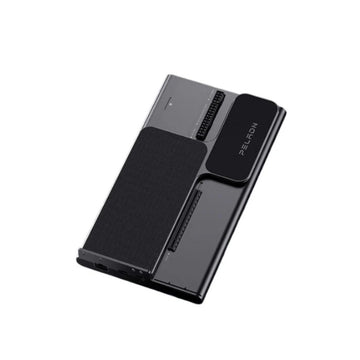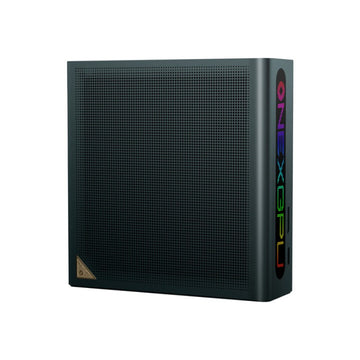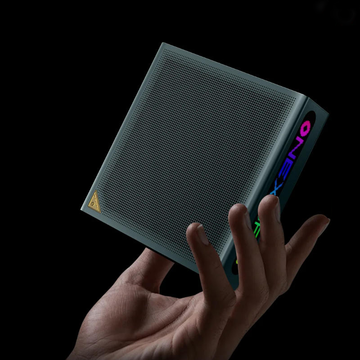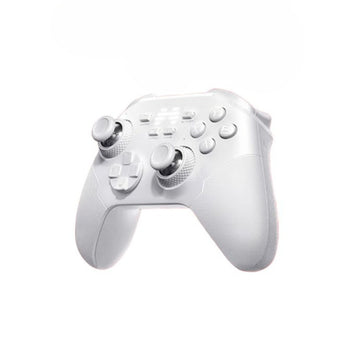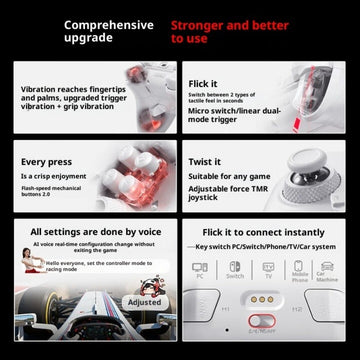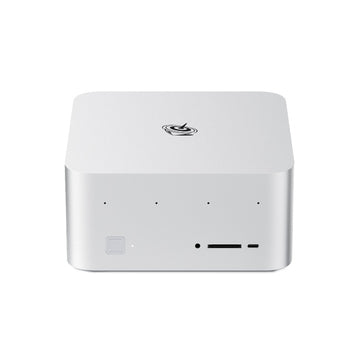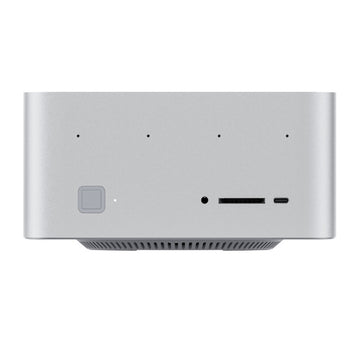A Comprehensive Guide to Understanding the Differences Between DDR3 and DDR4 Memory Modules
Memory is a fundamental component of any computing device, serving as a crucial conduit for data exchange between the CPU and other hardware components. As technology advances, new memory standards emerge, each boasting improvements in performance, efficiency, and compatibility. Among the most prominent memory types in the market today are DDR3 and DDR4. This comprehensive guide aims to dissect the differences between DDR3 and DDR4 memory, aiding consumers in making informed decisions when upgrading or purchasing computer memory.
Technology Overview
- DDR3 (Double Data Rate 3) and DDR4 (Double Data Rate 4) are two distinct generations of memory technology, each offering unique features and capabilities.
- DDR3 was introduced in 2007, serving as the successor to DDR2 memory. It has since been widely adopted across various computing platforms.
- DDR4, introduced in 2014, represents the latest evolution in memory technology, designed to address the growing demands of modern computing applications.
Performance Comparison
- Frequency: DDR4 memory typically operates at higher frequencies compared to DDR3, ranging from 2133MHz to 4266MHz, enabling faster data transfer rates and improved system responsiveness.
- Voltage: DDR4 memory requires lower operating voltages, typically between 1.2V and 1.35V, leading to reduced power consumption and improved energy efficiency compared to DDR3, which operates at voltages between 1.5V and 1.65V.
- Bandwidth: DDR4 memory offers higher bandwidth capabilities, ranging from 25.6GB/s to 51.2GB/s, facilitating faster data throughput and enhanced multitasking performance compared to DDR3, which typically delivers bandwidth between 12.8GB/s and 25.6GB/s.
Energy Efficiency
- DDR4 memory demonstrates superior energy efficiency over DDR3, thanks to its lower operating voltages and optimized architecture. This translates to reduced power consumption and extended battery life in laptops and mobile devices, making DDR4 an attractive option for energy-conscious consumers.
Compatibility Considerations
- DDR4 and DDR3 memory modules are not interchangeable due to differences in physical design, voltage requirements, and signaling protocols.
- When upgrading or purchasing memory, it is essential to ensure compatibility with the motherboard and CPU specifications. Consult the device's documentation or manufacturer's guidelines to determine the appropriate memory type and configuration.
Considerations for Purchase and Installation
- Memory Capacity: Consider the amount of memory required for your computing needs, balancing performance requirements with budget constraints.
- Frequency and Latency: Higher memory frequencies and lower latency can lead to improved system performance, particularly in memory-intensive tasks such as gaming and content creation.
- Slot Compatibility: Verify the type and number of memory slots available on your motherboard to ensure compatibility with the selected memory modules.
- Manufacturer Recommendations: Refer to the recommendations provided by the device manufacturer or consult with technical experts to make informed decisions regarding memory upgrades and installations.
Conclusion
DDR3 and DDR4 memory represent significant advancements in memory technology, offering improved performance, efficiency, and compatibility for modern computing systems. When selecting memory modules, consumers should carefully consider factors such as performance requirements, compatibility, and budget constraints to make optimal choices. By understanding the differences between DDR3 and DDR4 memory, users can enhance the performance and reliability of their computing devices, ensuring a seamless computing experience for years to come.

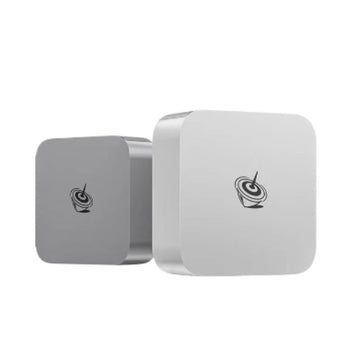

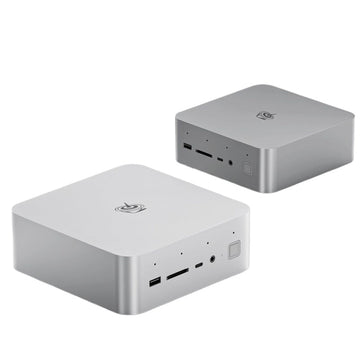
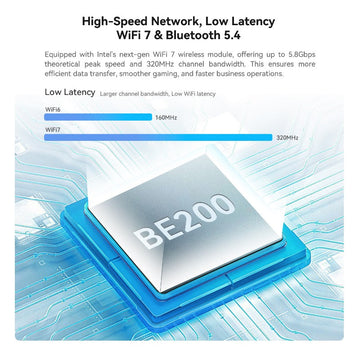



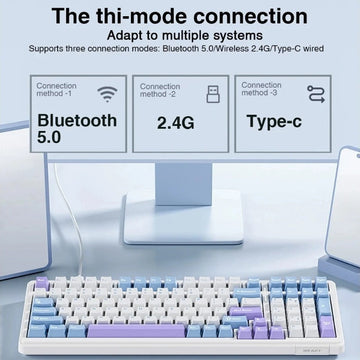







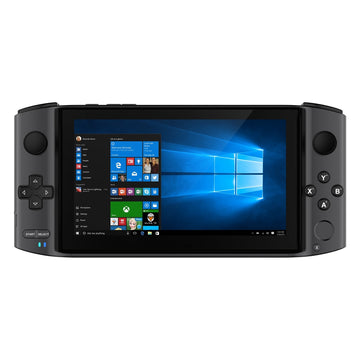
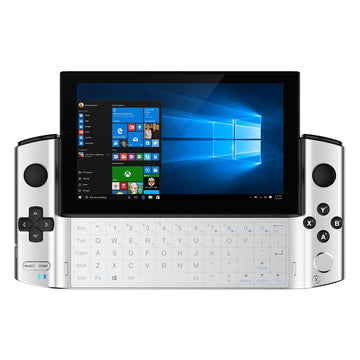
![[US Warehouse]Flydigi Vader 5 Pro Dragon Ball Limited Edition Game Controller](http://minixpc.com/cdn/shop/files/2bf62a4b1011cdf0b5088de9d5ad663d_360x.jpg?v=1763001514)
![[US Warehouse]Flydigi Vader 5 Pro Dragon Ball Limited Edition Game Controller](http://minixpc.com/cdn/shop/files/0944bf12c40c5bcaf5bc45c2a2f0b9e0_360x.jpg?v=1763001514)



